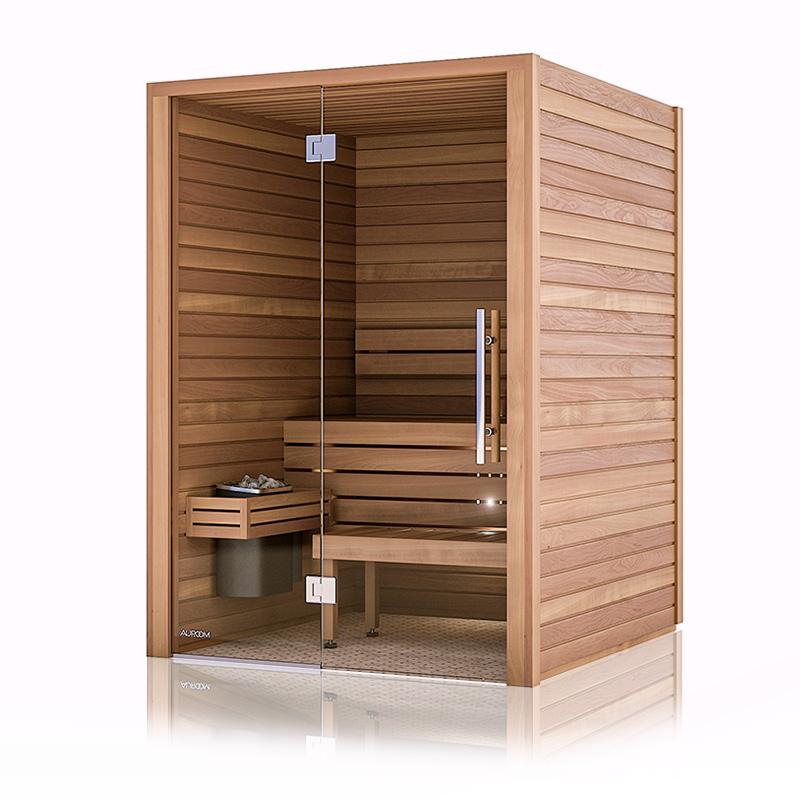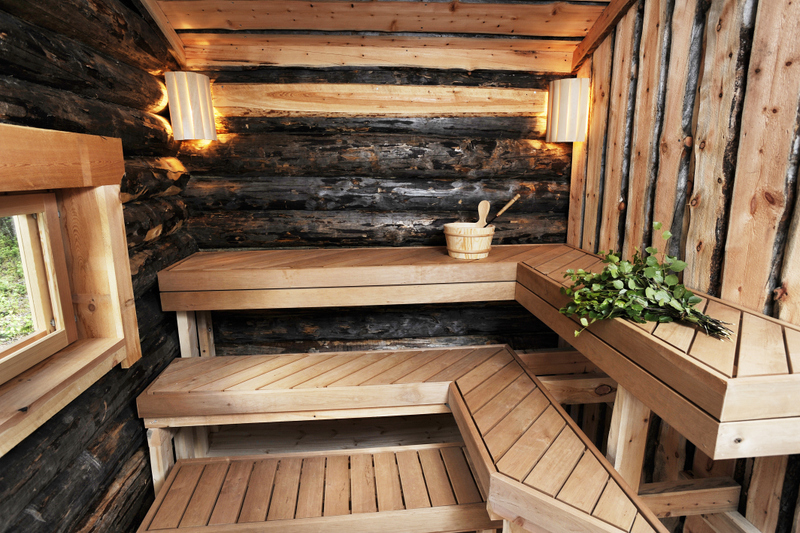The Only Guide to Traditional Sauna
The Only Guide to Traditional Sauna
Blog Article
Traditional Sauna for Dummies
Table of ContentsThe Single Strategy To Use For Traditional Sauna4 Simple Techniques For Traditional SaunaOur Traditional Sauna Diaries10 Simple Techniques For Traditional SaunaThe Best Strategy To Use For Traditional Sauna
A lot of the weight lost in a sauna is water loss and is re-gained upon rehydrating. However, undeniably sauna can be a vital part of a healthy and balanced weight management program. To check out the differences in between standard and IR saunas, I will certainly divide these into proven, theoretical, and fabricated distinctions.Thus, the best factor in the saunawhich goes to the ceiling straight above the sauna heateris commonly between 185 and 190 F. Claims that a typical sauna goes beyond 200 F is just not real and not suitable for electric saunas marketed in the US. The temperature level for a far-infrared sauna is generally set between 120 and 140 F; however, unlike the standard sauna, the objective in and IR room is not to attain a heat.
Due to this, the temperature distinction is almost unnecessary, given that extreme sweating causes both sauna types, but the method of heating up the body is different. In an IR sauna the bather will certainly feel warm and will certainly sweat profusely, yet at a lot reduced temperatures (Traditional Sauna). Thus, if the objective is to invest longer time periods in the sauna, the IR sauna is an excellent option
When a traditional sauna has been properly heated, the sauna walls are cozy, the air temperature level has actually achieved established temperature and the rocks are very heated. As an intriguing side note, the warmed wall surfaces and the rocks are discharging far-infrared warmth, combined with the heated air, to create an "wrapping up warm".
Our Traditional Sauna PDFs

When the high temperature level is attained, the elements cycle on and off to maintain the heat. The majority of traditional sauna individuals delight in putting water over the rocks to develop steam to raise sauna humidity degrees. The benefits of putting water over the rocks consist of: making the room extra comfortable, dampening the nasal passages, and enabling the use of aromatherapy by mixing vital oils with the water.

When the here energy gets in the body, it triggers the body temperature to enhance and ultimately results in sweat. In an infrared sauna it's important for the emitters/heaters to remain on practically constantly. Because there is no mass of rocks to maintain heat, the sauna will certainly cool if the emitters shut off.
As mentioned over, the sauna bather in an infrared space intends to place himself in front of operating emitters to get maximum take advantage of the heat. The heating time for the 2 areas can be extremely various, depending on just how the spaces are utilized. For a conventional sauna, a bather needs to allow 30-40 mins for the space to attain a desired temperature and to appropriately pre-heat the rocks.
Indicators on Traditional Sauna You Need To Know
A well built sauna will usually attain a temperature level of 150-160 F in concerning 30-40 minutes. For hotter temperatures, the area might need to warmth for a longer duration.

Conventional saunas have a tendency to be bigger (thus make use of even more electricity) than infrared saunas, although conventional saunas are absolutely readily available in one and 2 individual sizes also. For a two-person typical sauna, 5x6 or 5x7 dimension is most preferred. The leading bench can pleasantly seat two or three people and is likewise enough time to relax throughout the sauna session.
How Traditional Sauna can Save You Time, Stress, and Money.
The average expense per kWH of power in the U.S. is around $0.11, so a 4.5 kW heating unit will certainly cost approximately $.50 to run for one hour, if the heater runs continually for one hour. Usually a sauna heater will run for 75% of the initial hour and 50% of subsequent hours on since the components cycle once the established temperature is accomplished.

There is a rarely gone over difference in the social experience between the 2 spaces. While our society has actually shed some of the social advantage of the standard sauna experience, it can be very socially fulfilling (Traditional Sauna). From household time in the sauna, to heart-felt conversations with substantial others, to sauna partiesthe traditional sauna experience can result in intimate interacting socially
More About Traditional Sauna
The majority of higher end infrared areas consist of tinted light therapy, noise systems and full-glass fronts. The size of the majority of spaces permit 2 people to conveniently utilize the room, while some designs might enable a third or fourth person to make use of the room. Personalized infrared rooms are likewise readily available, with room sizes offered approximately 7' x 8' x 7' high.
Report this page